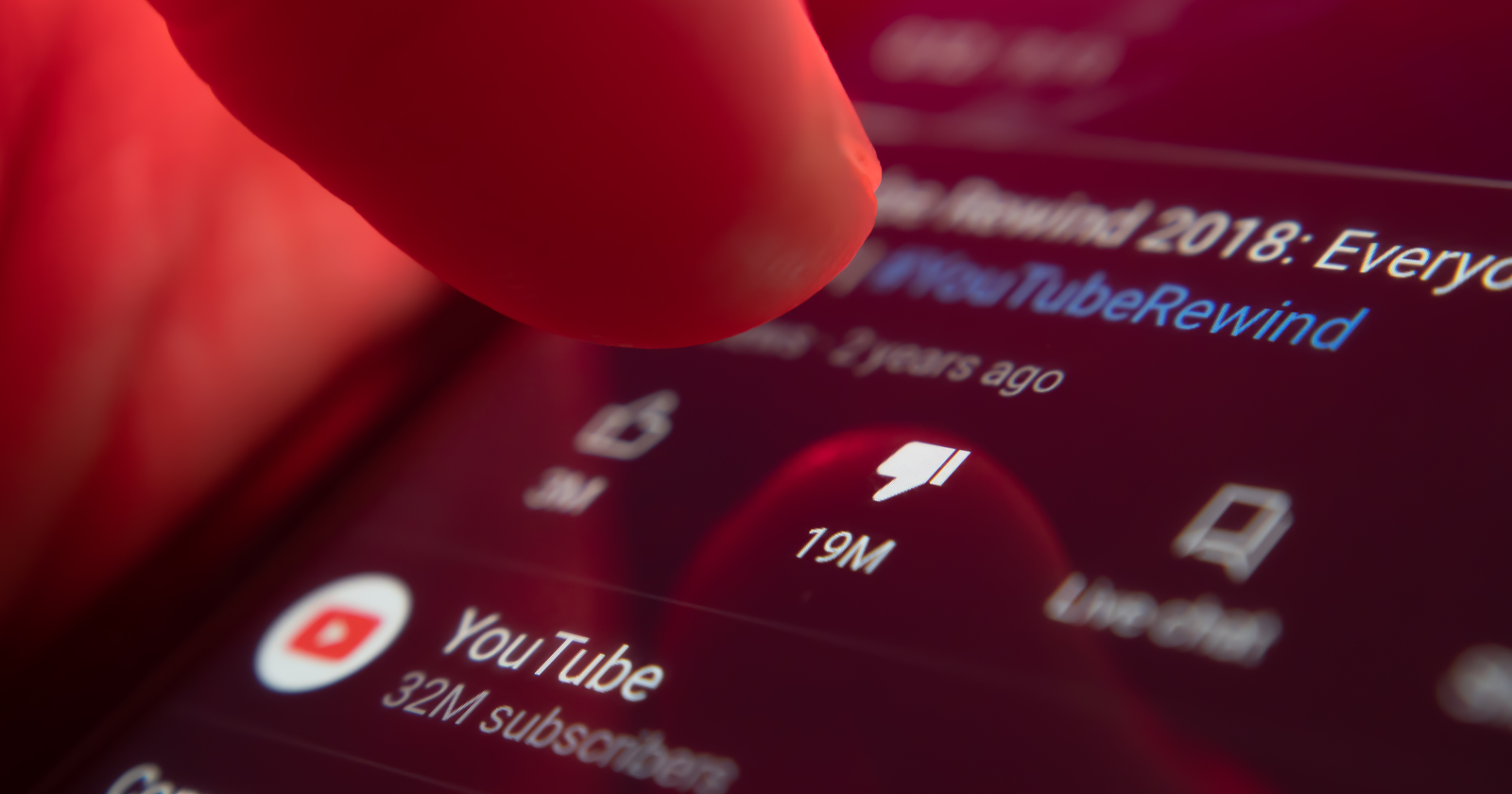
YouTube CEO Susan Wojcicki defends the removal of dislike counts on videos in her annual letter outlining the company’s priorities for the year.
Many may be disappointed to hear that revisiting the decision to remove dislikes is not in YouTube’s plans for the year, as Wojcicki stands firm in her belief that it’s best for the platform going forward.
This is quite a contrast from how a YouTube co-founder feels about the decision, saying it was a bad move.
Wojcicki repeats much of what we’ve heard before from YouTube spokespeople, saying dislikes were removed because they were sometimes a reflection of viewers’ opinion of the channel and not the video itself.
“We heard from many of you about the removal of public dislike counts on YouTube, and I know this decision was controversial. Some of you mentioned dislikes helped you decide what videos to watch.
However, people dislike videos for many reasons, including some that have nothing to do with the video, which means it’s not always an accurate way to select videos to watch.
That’s why dislikes were never shown on the home page, search results, or Up Next screens where users were most likely to choose a video.”
Further, Wojcicki repeats the standard company verbiage that it was best to remove dislikes sitewide due to select channels being targets of “dislike attacks.”
“We also saw the dislike count harming parts of our ecosystem through dislike attacks as people actively worked to drive up the number of dislikes on a creator’s videos.”
Removing dislikes allegedly has no impact on viewership, Wojcicki says.
However, that doesn’t take into account the impact to user experience.
She continues:
“So we experimented with removing the dislike count across millions of videos over many months. Every way we looked at it, we did not see a meaningful difference in viewership, regardless of whether or not there was a public dislike count. And importantly, it reduced dislike attacks.”
The dislike button remains on the site and channels can find their dislike counts in YouTube Studio.
Dislikes will continue to be factored into YouTube’s recommendation algorithm, impacting the videos that are suggested to users on the home page.
Other Highlights From YouTube CEO Susan Wojcicki’s Annual Letter
In Wojcicki’s letter we learn:
- YouTube Shorts has reached 5 trillion all time views.
- The number of channels making more than $10,000 a year is up 40% year over year.
- YouTube Channel Memberships and paid digital goods were purchased or renewed more than 110 million times in 2021.
YouTube’s key priorities for the year include YouTube Shorts, helping creators make more money, and improving the shopping experience.
YouTube Shorts
In the coming months YouTube will expand on Shorts by introducing more ways to remix content.
YouTube will continue to allow creators to make money on Shorts through the Shorts Fund, which is now available in more than 100 countries.
The Shorts fund isn’t exclusive to creators in the YouTube Partner Program (YPP). Over 40% of creators who received payment from the Shorts fund last year weren’t in the YPP.
This year, YouTube will test new ways for Shorts creators to build branded content through BrandConnect, a program that matches creators with brands.
Content Monetization
Wojcicki highlights the following recent updates to content monetization, which will continue to be priorities this year:
- Pre-publish checks: Allows creators to find out if there’s a problem with copyright or ad-suitability before hitting publish.
- Updates to advertiser-friendly guidelines: Allows additional content to be monetized.
- More details about policy violations: The company is hiring more people to provide creators with specifics about policy violations, like timestamps of where a violation occurred.
YouTube Shopping
YouTube will continue to work on a product tagging pilot program that gives viewers the chance to browse, learn about, and shop products featured in videos.
The company is in the early phases of testing how shopping can be integrated with Shorts.
Also in testing is a livestream shopping in the US, South Korea, and Brazil.
This year, YouTube will bring shopping to more creators and brands by partnering with commerce platforms like Shopify.
Source: YouTube Official Blog
Featured Image: Wachiwit/Shutterstock







